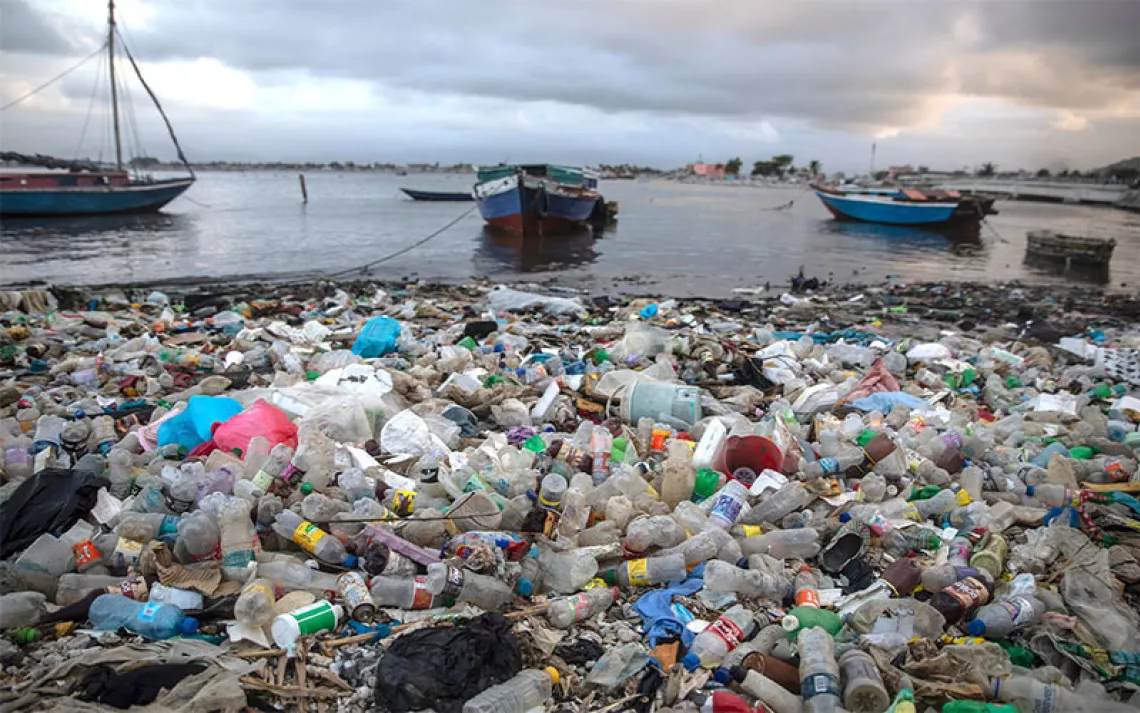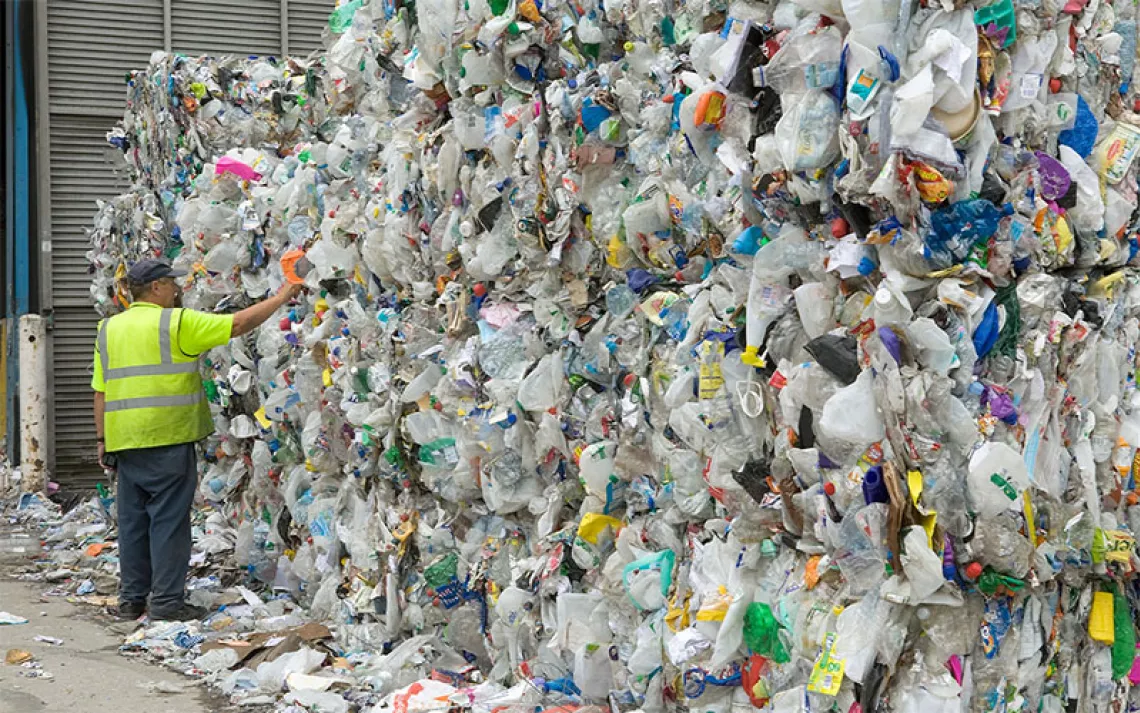Even in Antarctica, Krill Are Eating Plastic
Where is it coming from? And how is it affecting Antarctic animals?

Antarctic krill. | Photo by Valia Battat
In the Southern Ocean surrounding Antarctica, tiny marine animals form the foundation for the entire food web. Arguably most important among them are krill: shrimplike crustaceans famous for being a common whale snack. Of the dozens of krill species worldwide, Antarctic krill (Euphasia superba) are one of the most abundant animals on the planet, with an estimated total mass of over 400 million tons. And due to their abundance, Antarctic krill also play a critical role in carbon sequestration. Sinking exoskeletons, carcasses, and fecal pellets trap carbon deep underwater throughout the Antarctic.
Unfortunately, even in the Southern Ocean, marine animals are not protected from human activities.
Two recent studies reported that Antarctic krill ingest various types of microplastics, especially fibers from clothing and other textiles. These findings emphasize how our plastic use impacts even seemingly remote environments. “Even the polar environment is not free of microplastic pollution,” writes Hangbiao Jin, one of the study authors, in an email.
Jin, who is an associate professor at the Zhejiang University of Technology, is part of a research team that collected krill from two Antarctic regions: the South Shetland Islands and the South Orkney Islands. Scientists have previously detected microplastics in hundreds of marine animals, including crustaceans, worms, fish, sea turtles, and seals. And they have found plastic-ingesting animals around the world, from the Northern Atlantic to coastal Argentina to the South China Sea. But because of the relative isolation of the Southern Ocean, Jin says, it was unclear to what degree Antarctic species would be impacted as well. Compared with other regions, Jin writes, the Antarctic is “a relatively clean area with very limited influence by human activities.”
But even the Antarctic isn’t completely pristine. A 2019 study estimated that surface waters near the Antarctic Peninsula had, on average, around 1,800 plastic pieces per square kilometer. Other oceans worldwide typically range from 1,000 to 100,000 pieces per square kilometer, although these values can reach close to 900,000 in particularly polluted areas like the Mediterranean.
After scooping up krill with large nets at 26 different sampling sites, Jin and his colleagues examined the animals and found microplastics inside krill from each site. The researchers recorded a wide range of different types, sizes, and colors of plastic within the Antarctic krill, and they published these findings in Science of the Total Environment.
In a separate study, published in Royal Society Open Science, scientists measured microplastics in both krill as well as salps—gelatinous chain-forming creatures that vaguely resemble jellyfish but are actually types of tunicates, or sea squirts. The researchers collected krill and salps near the South Orkney Islands and South Georgia Island in the Southern Ocean and found microplastics in both animals. Compared with the krill, the salps contained larger microplastic particles but fewer of them.
Emily Rowlands, a marine ecologist at the British Antarctic Survey and coauthor on the study, says that differences in how each animal feeds could explain this difference in the sizes of plastics found within them. “They’re both relatively indiscriminate filter feeders,” Rowlands says, but she adds that krill may be slightly pickier than salps in terms of the physical size of their food. And unlike salps, krill have a structure called a gastric mill that can grind up their food, so they might be swallowing larger particles of plastic and then breaking them down afterward.
Rowlands and her team also compared plastic ingestion across life stages and found that juvenile krill contained far more microplastics than older krill. According to Rowlands, krill may be more vulnerable to ingesting microplastics as juveniles because at this stage, they spend most of their time near sea ice and often eat the algae that grows on it. “When sea ice is formed, it draws up plastics from the water column,” explains Rowlands. “So the concentration of plastic in the sea ice tends to be higher than it is in the water itself.” This high concentration of plastic in sea ice doesn’t just put juvenile krill at potential risk. It also means that as ice melts, plastic pollution in the surrounding ocean is likely to worsen.
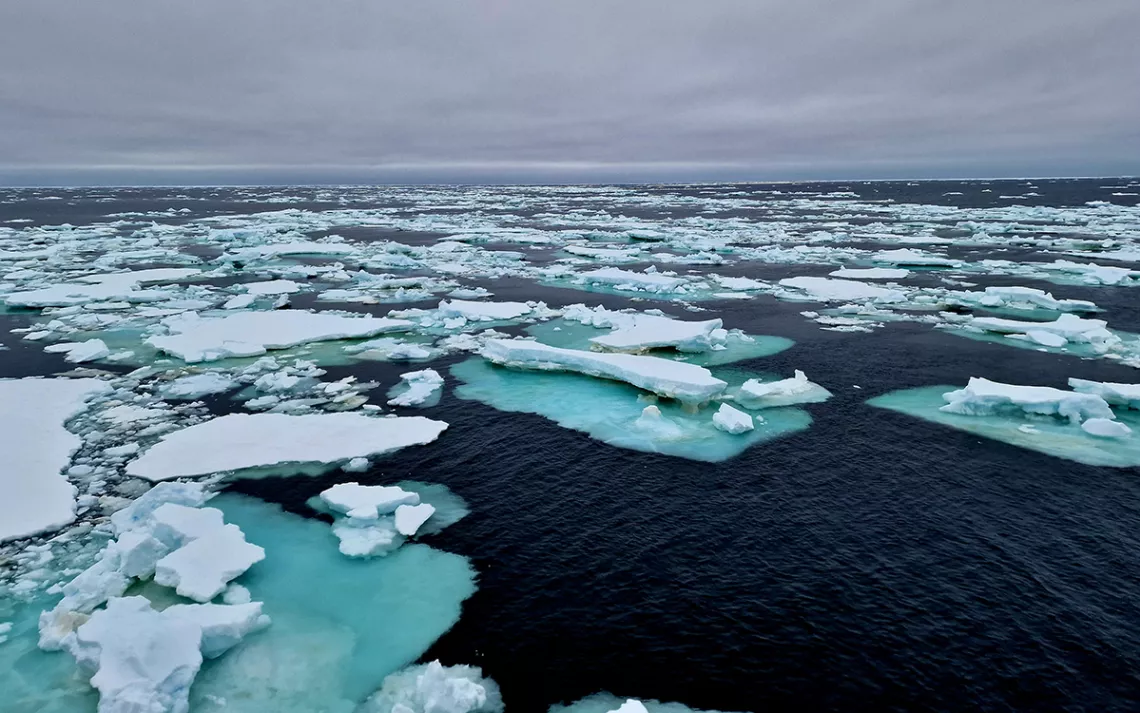
Antarctic sea ice. | Photo by Emily Rowlands
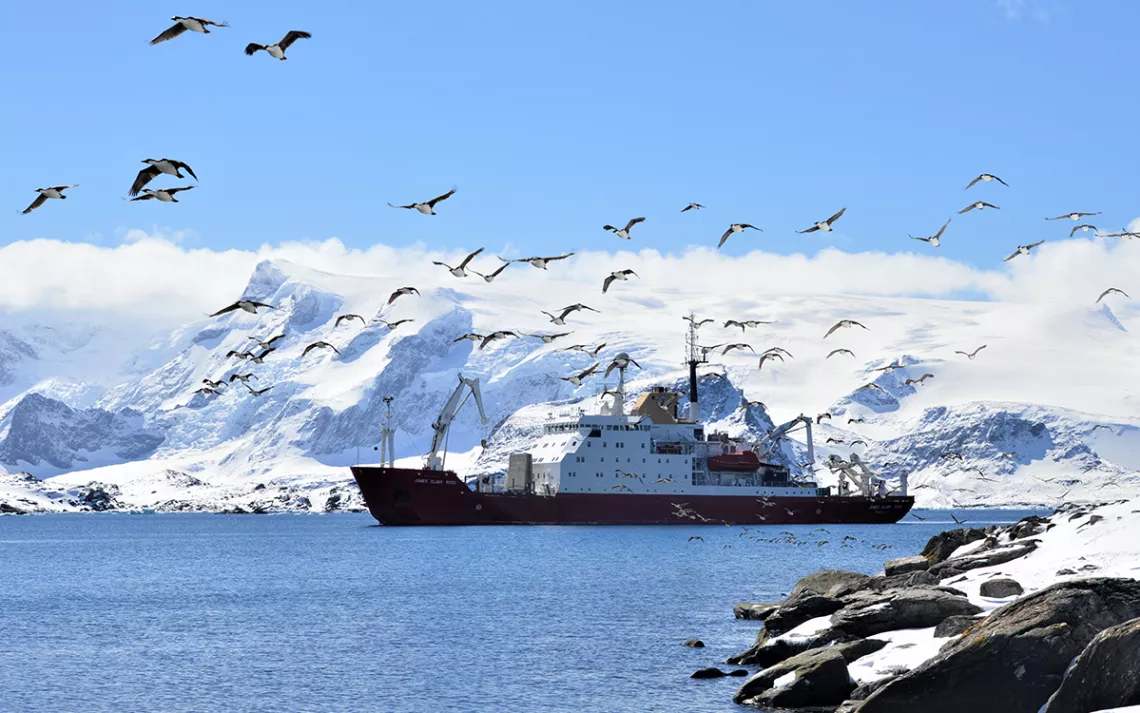
Scientists aboard the RSS James Clark Ross collected krill and salps in the Southern Ocean. | Photo by Emily Rowlands
A major finding from both studies was the high abundance of microplastic fibers specifically. Fibers accounted for more than three-quarters of all microplastic particles found by each team. Amanda Dawson, an ecotoxicologist at the Commonwealth Scientific and Industrial Research Organisation in Australia, who was not associated with either study, says that microplastic fibers have become extremely common worldwide. “They are probably much more abundant than some of our other types of plastic that we're used to thinking about,” says Dawson. Plastic fibers are shed from clothing, curtains, carpets, and other textiles all the time. And washing and drying makes the problem far worse: Over a million microplastic fibers can be released in a single load of laundry.
The scientists could not identify the exact origins of the microplastics that ended up inside the krill and salps they collected. Both teams point to fishing gear and laundry use by research, commercial fishing, and tourism operations in the Antarctic as potential local sources of plastic pollution. But they suspect that at least some of the plastic may have traveled to the Southern Ocean from a ways away. “For a long time, there was the assumption that perhaps Antarctica is protected because there is a very strong current surrounding the continent,” says Rowlands. “But rather than it being all local sources, it's most likely that there are some long-range sources as well.”
While finding microplastics inside animals from the Southern Ocean is very concerning, it’s still unclear exactly how they are affecting the krill and salps that eat them. A 2021 study by Rowlands and her colleagues showed that experiencing both ocean acidification and plastic exposure together can impede embryonic development in krill. And Rowlands says that plastic pollution can impact krill swimming behavior as well. But she adds that more experiments are still needed to accurately predict the microplastics’ full range of effects.
Jin’s research team intends to tackle this question of plastic toxicity next. And further down the line, they plan to study how plastics move through the Antarctic food web from tiny animals like krill to larger ones like fishes, penguins, and seals.
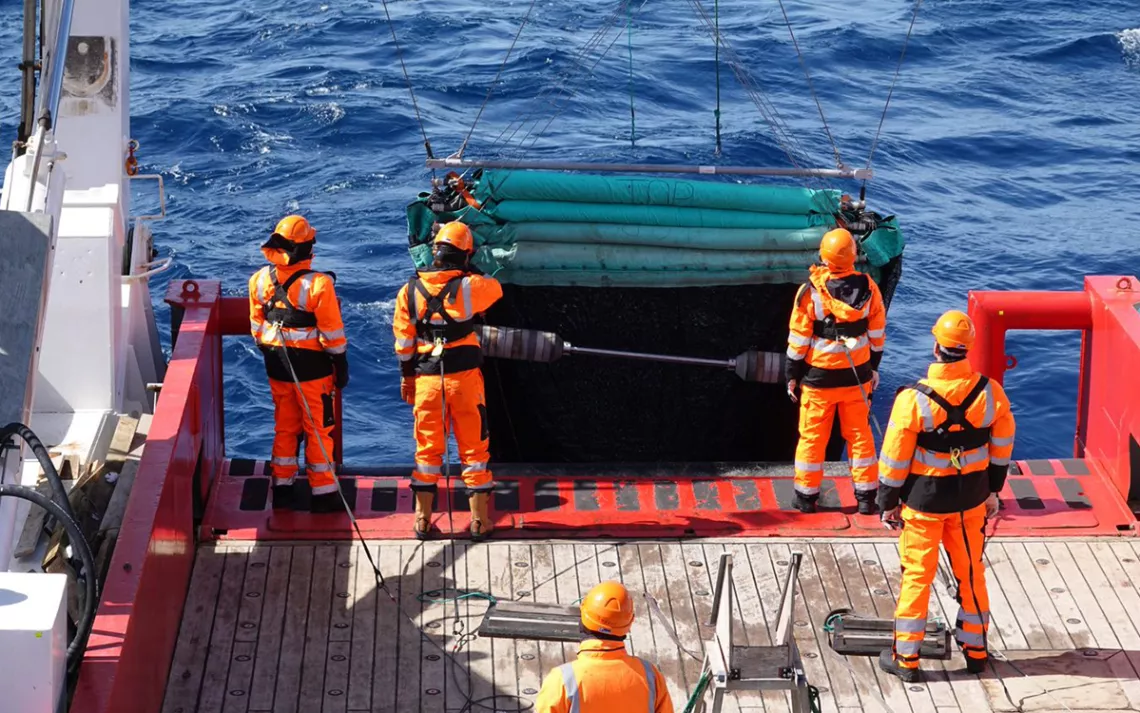
Rectangular midwater trawl used to collect Antarctic krill and salps. | Photo by Valia Battat
One barrier to predicting the impacts of microplastics on animals is that plastics are so diverse in their size, shape, and composition. “Each company has its own special secret recipe of how they make their plastic and what kind of chemicals they add in,” says Dawson. This variability and lack of transparency makes it difficult to say which plastic products are more or less toxic and how each one might affect a particular animal.
Microplastics can also have different effects depending on their size. “A big piece of plastic might cause physical damage to your gut or your intestine,” explains Dawson, “whereas a small one might pass through your cells and start doing damage on a subcellular kind of level.” This variability is one reason why knowing the specific types of plastic consumed by an animal is critical to studying its impacts.
For Rowlands, measuring and cataloging the microplastics in krill and salps is just one step toward understanding how these pollutants are affecting the broader Antarctic environment. She and her colleagues have been running lab studies to figure out how ingesting plastic alters the density and sinking rate of krill fecal pellets. These pellets are one of the most common forms in which carbon gets trapped in the deep ocean. Rowlands says this new data on the types of plastic in krill will help her design more realistic experiments testing how this pollution is affecting fecal pellet characteristics, and therefore carbon sequestration.
Although most people live far from the Antarctic, we still manage to impact—and are impacted by—Antarctic animals. “There is a connection between what we do in our own daily lives and even the most isolated regions of the world,” says Rowlands.
 The Magazine of The Sierra Club
The Magazine of The Sierra Club

